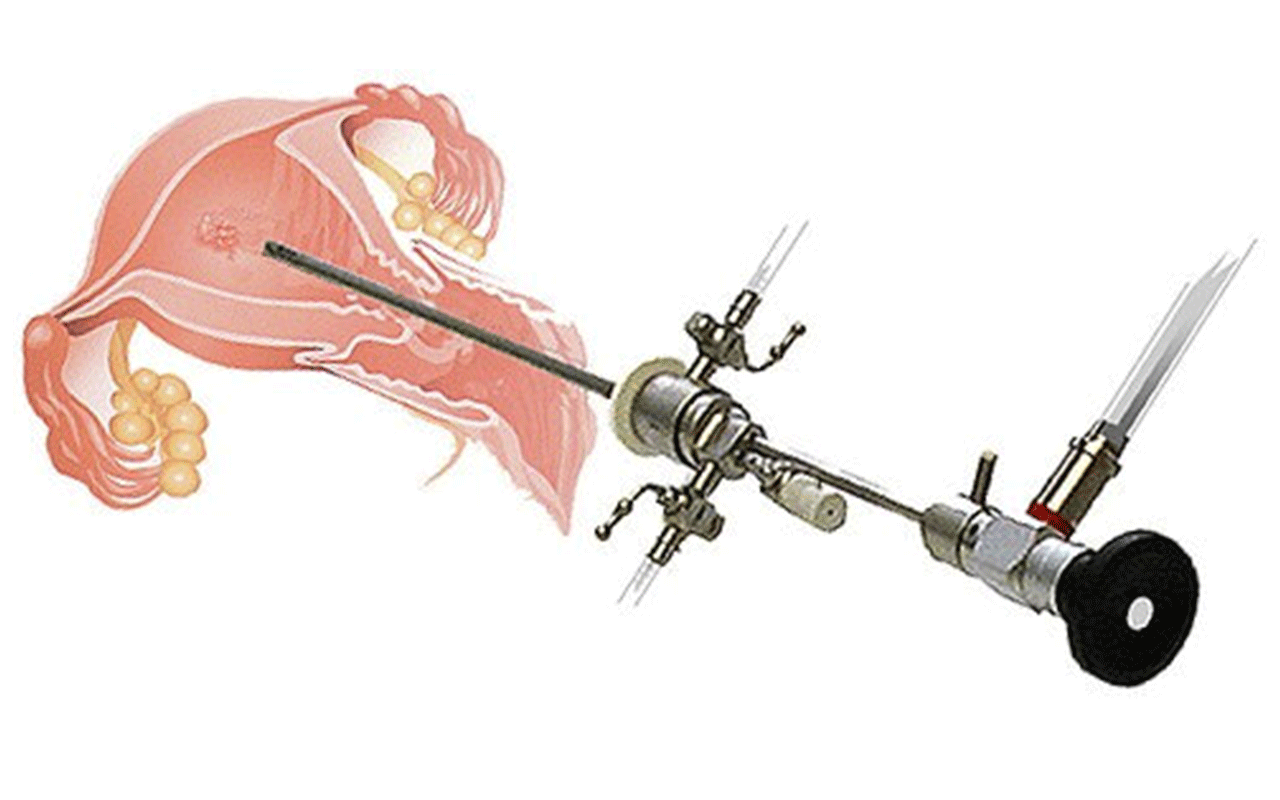- vNotes
- IVF CENTRE
- Laparoscopy
- Laparoscopic General Surgery
- Laparoscopic Gynaecological Surgery
- Total Laparoscopic Hysterectomy
- Laparoscopic Myomectomy
- Laparoscopic Ovarian Cystectomy
- Laparoscopic Tuboplasty
- Laparoscopic Prolaspse Repair
- Laparoscopic Radical Hysterectomy For Uterine Cervical Cancer
- Laparoscopic Surgery For Development Anomalies
- Laparoscopic Removal Of Pelvic Retroperitoneal Mass
- Laparoscopic Endometriosis Surgery
- Laparoscopic Fertility Enhancing Surgeries
- Laparoscopic Burch Repair
- Laparoscopic Nerve Sporing Surgery
- Laparoscopic Nerve Release
- Office Hysteroscopy
- Operative Hysteroscopy
- Endoscopy
- Gynaecology
- Obstetrics
- General Surgery

